mole with red ring around it
 Ring around mole - Widest part of red ring probably a little less than a cm. Popped up yesterday after 4th July pool party. Slightly tender. I have lots of moles and
Ring around mole - Widest part of red ring probably a little less than a cm. Popped up yesterday after 4th July pool party. Slightly tender. I have lots of moles andHow can you tell if it's a mule or skin cancer? Casey Gallagher, MD, is certified in dermatology and works as a dermatologist and clinical professor. It is not easy to count moles and melanoma apart, even for dermatologists with years of training. So, be sure to contact your doctor if you have any questions. This photo gallery will alternate between normal, benign and melanoma topos so you can learn to recognize each one. Normal (Nevus) A nevus is a benign (non-cancer) melancholy tumor, more commonly called a mole. Nevi (the plural of nevus) are usually not present at birth, but they begin to appear in children and adolescents. Most of the topos will never cause problems, but a person who has more than 50 normal topos (or more than 5 atypical topos or "displastic") has a higher risk of developing melanoma, the most aggressive form of . Melanoma: Formed irregularly This photo contains content that some people can find graphic or disturbing. Calisto Images / Getty Images This image of a melanoma skin cancer tumor shows how they often form irregularly and multicolored. The previous melanoma is detected, best is the opportunity to succeed. Monthly self-examinations can help you find it early. Often, the first sign of melanoma is a change in the size, shape or color of an existing topo. It may also appear as a new or abnormal mole. The "ABCDE" rule can be used to help remember what to see. Normal pattern: perfectly round This is an example of a normal topo; note that it is almost perfectly round. Tumors differ in that they are usually asymmetric (lopsies). Although most topos are benign (not cancerous), certain types have a higher risk of developing melanoma. About 2% to 8% of the U.S. Caucasian population has topos called "displastic" or "atypical" nevi, which are larger than ordinary topos (more than 5 mm wide or more), have irregular borders, and are several tones or colors. People who have dysplastic nevi plus a melanoma (a syndrome known as FAMM) are at an even higher level of developing melanoma at an early age (more than 40 years). Melanoma: asymmetrical with changes This photo contains content that some people can find graphic or disturbing. DR P. MARAZZI/SCIENCE PHOTO LIBRARY / Getty Images An example of how melanoma tumors are often asymmetrical (lopsied), unlike noncancer moles. If you have 50 or more normal topos (or 5 or more "displastic" topos), you should thoroughly several times a year. (Even if you don't have any mole, you should do a skin self-examination once a year.) If you see any of the following signs, contact your doctor: Normal pattern: a color A normal mole is shown in this image. Please note that the color is the same throughout the mole – there are not multiple shades of brown, black or tan, as is usually seen in the melanoma. Melanoma: Uneven Border This photo contains content that some people can find graphic or disturbing. National Cancer Institute This melanoma tumor has a border that is irregular, agitated or hooked. This is another way of distinguishing melanoma from normal topos, which normally have borders that are smooth. Normal way: Variety of sizes and colors Normal topos come in a variety of sizes and colors: (a) a small discoloration of the skin like the sin (called "macule"); (b) a larger macule; (c) a mole that rises above the level of the skin; and (d) a mole that has lost its dark color. None of these examples is melanoma. Melanoma: ABCDE Rule This photo contains content that some people can find graphic or disturbing. National Cancer Institute A melanoma lesion containing different shades of brown, black and tan. It can be used to help you remember what a melanoma tumor typically looks like: If you see any of these happening to one of your topos, contact your doctor promptly. Normal Mole: Snow frontier More examples of ordinary: (a) a skin discoloration evenly tanned or brown, from 1 to 2 mm in diameter, (b) a discoloration of the larger skin, (c) a topo that rises slightly above the surface of the skin, (d) a topo that rises more clearly on the skin, and (e) a pink topo or flesh color. All these are normal, and even a single mole can pass through these stages over time. However, they all have a smooth border and are clearly separated from the surrounding skin, in contrast to a melanoma tumor. Melanoma: Changes in size This photo contains content that some people can find graphic or disturbing. Skin Cancer Foundation Our final photograph is a melanoma tumor that is large and has become larger over time – a key feature of a melanoma tumor. If you see any suspicious skin injury, especially one that is new or changed in size, contact your doctor. Remember, melanoma can be cured if detected early, unlike many cancers. So knowing your risk factors and communicating them to your doctor can help you make more informed lifestyle decisions and health care. If you have multiple moles or other risk factors, it is important that you regularly perform your skin, see a regular exam, and . Discussion guide on skin cancer Get our guide to your next doctor's appointment to help you ask the right questions. Send you or a loved one. This Doctoral Discussion Guide has been sent to {{form.email}. There was a mistake. Please try again. Limiting processed foods and red meats can help prevent the risk of cancer. These recipes focus on antioxidant-rich foods to better protect you and your loved ones. Sign up and get your guide! There was a mistake. Please try again. Gold AMstein, Tucker MA. Cancer Epidemiol Biomarkers Prev. 2013;22(4):528-32. doi:10.1158/1055-9965.EPI-12-1346Goodson AG, Grossman D. J Am Acad Dermatol. 2009;60(5):719-35. doi:10.1016/j.jaad.2008.10.065Mccourt C, Dolan O, Gormley G. Ulster Med J. 2014;83(2):103-10. Silva JH, Sá BC, Avila AL, Landman G, Duprat net JP. Clinics (Sao Paulo). 2011;66(3):493-9. doi:10.1590/S1807-59322011000300023 Chen J, Stanley RJ, Moss RH, Van stoecker W. Skin Res Technol. 2003;9(2):94-104. Black S, Macdonald-mcmillan B, Mallett X, Rynn C, Jackson G. Int J Legal Med. 2014;128(3):535-43. doi:10.1007/s00414-013-0821-zDaniel jensen J, Elewski BE. J Clin Aesthet Dermatol. 2015;8(2):15.Centers for Disease Control and Prevention. Orzan OA, Șandru A, Jecan CR. J Med Life. 2015;8(2):132-41. Thank you, for signing. There was a mistake. Please try again.
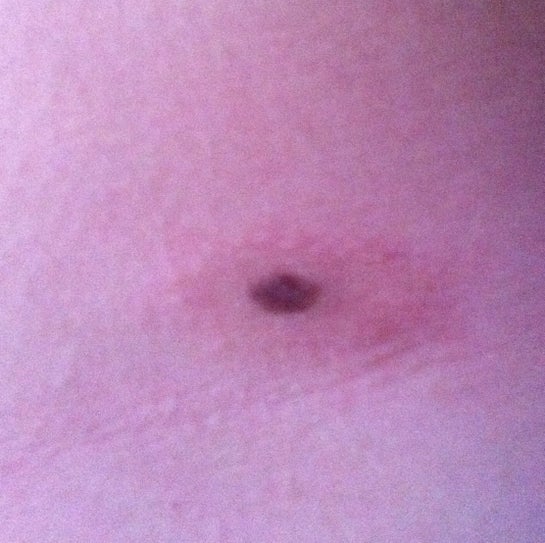
Red Ring Around Mole? (photo)
Red ring around mole on my back : Dermatology

Red ring around mole? : AskDocs

Nevus: Definition, Common Types, Photos, Diagnosis, and Treatment

My Melanoma Story: The Sun's Deadly Kiss
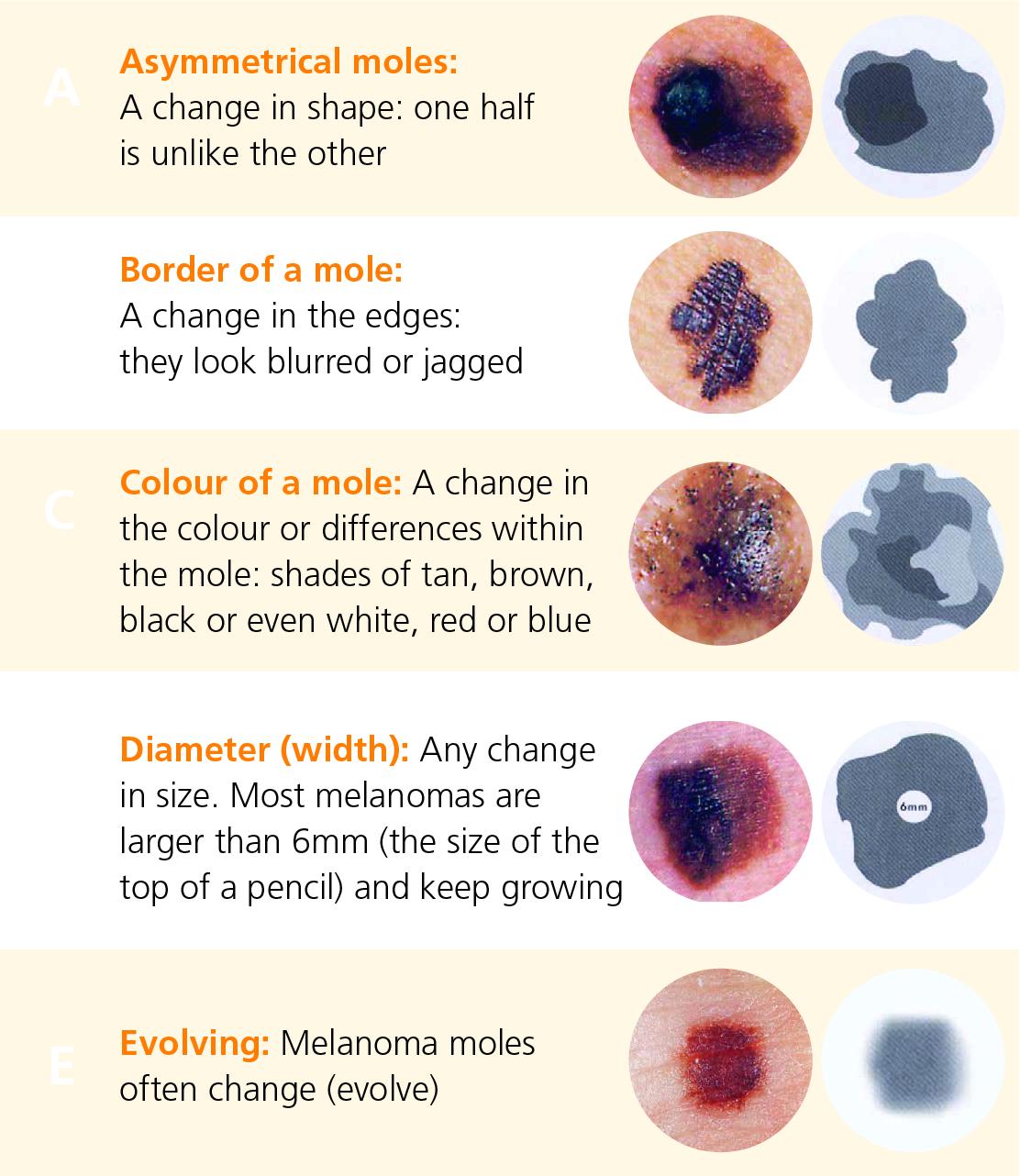
Symptoms and diagnosis of melanoma | Irish Cancer Society
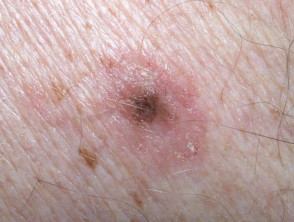
Meyerson naevus | DermNet NZ
:max_bytes(150000):strip_icc()/color-nl-56a245165f9b58b7d0c87714.jpg)
Normal Mole vs. Melanoma: What to Look for in a Self-Exam

Changing mole on back (hard to get a good picture due to location) with red ring surrounding it. Appointment in just over a week to have it removed and checked (stressing!) :

The panicker's guide to moles and skin cancer: how to tell if your moles are at risk of becoming cancerous
Strange mark on my girlfriends back has her freaked out... - mole blotch resolved | Ask MetaFilter
/asym-nl-56a245153df78cf77273d715.jpg)
Normal Mole vs. Melanoma: What to Look for in a Self-Exam
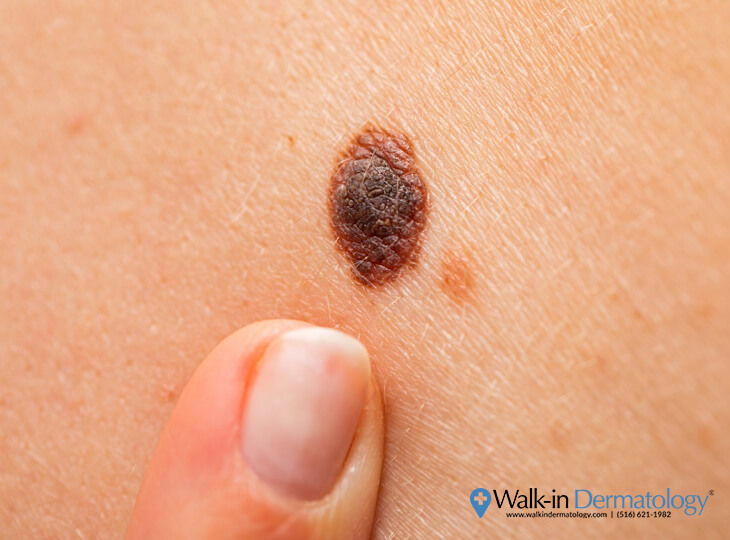
What Happens if you Accidentally Scratch Off a Mole? - Walk-in Dermatology
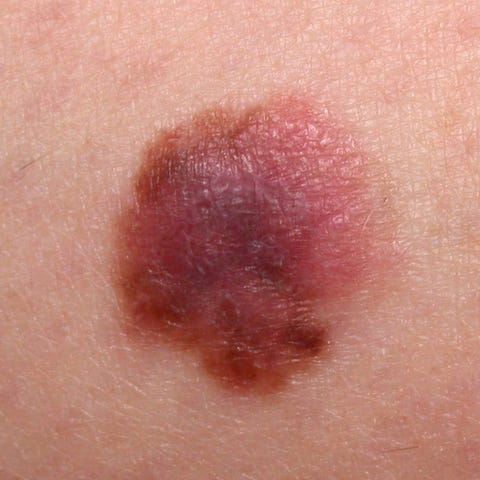
6 Melanoma Symptoms to Show Your Doctor Now - Melanoma Monday
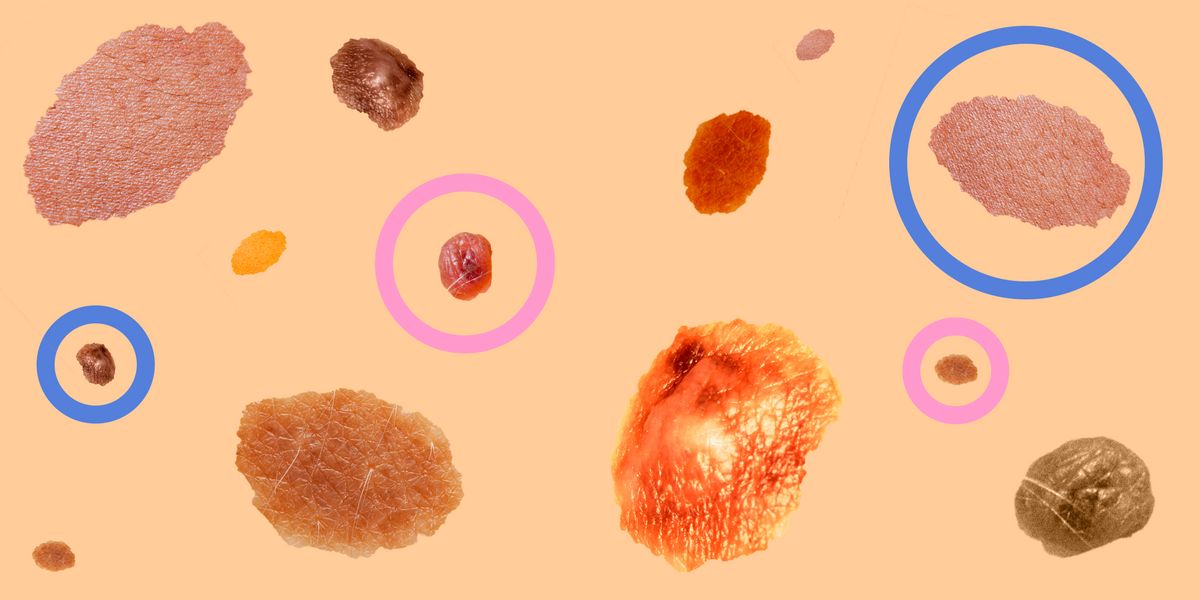
The panicker's guide to moles and skin cancer: how to tell if your moles are at risk of becoming cancerous

Skin Cancer | Melanoma | Signs and Symptoms - Skin cancer images and pictures

Moles: Types, causes, treatment, and diagnosis
Should I be concerned about my mole? Turned into a blood blister. (Photo)
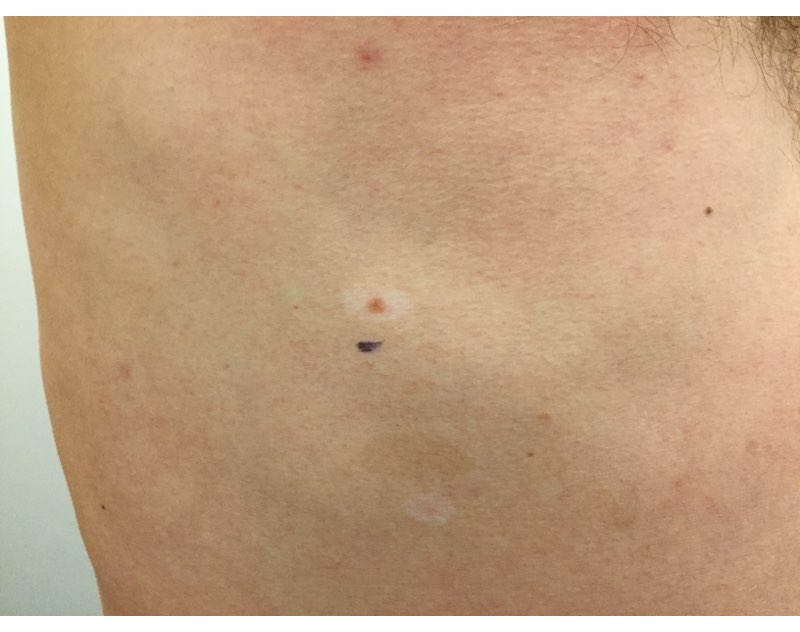
What Is the White Ring Around My Mole?
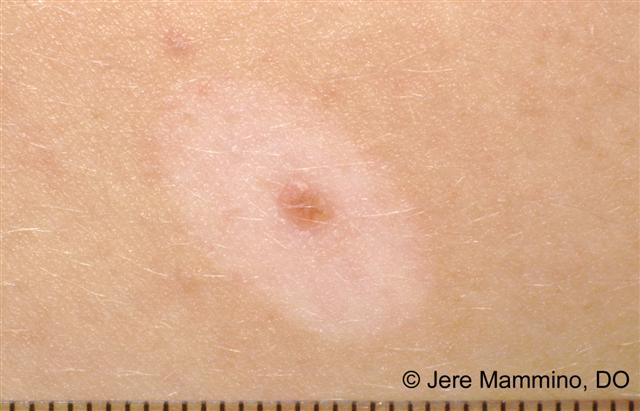
Halo Moles - American Osteopathic College of Dermatology (AOCD)
Around a week ago a mole on my face that I've had since birth became inflamed, bigger and red. I thought it would go away after a few days but now it

Amelanotic melanoma: Pictures, symptoms, and prognosis
Moles: When Should I Worry?
Calling all BBC "doctors" - Mole Changes Question - Page 1 | BabyCenter
freckle with red ring around it
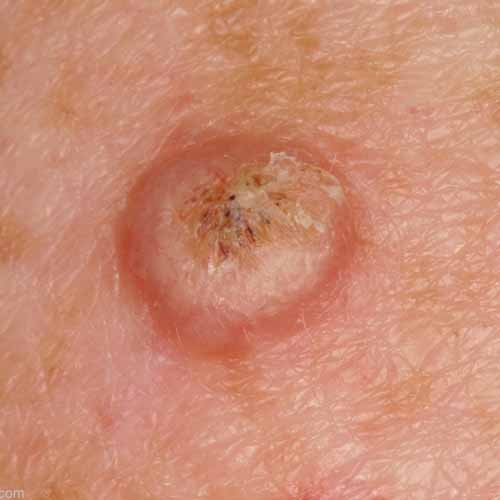
Skin Cancer | Melanoma | Signs and Symptoms - Skin cancer images and pictures
:max_bytes(150000):strip_icc()/normal-mole3-56a880855f9b58b7d0f2e9a9.jpg)
Spot the Differences Between a Mole and Skin Cancer
Suspicious mole is suspicious : Melanoma
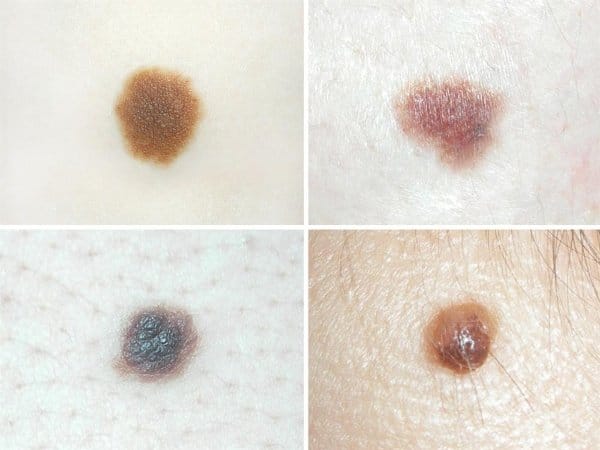
When to worry about moles on your child: Different types and skin cancer risks, Lifestyle News - AsiaOne
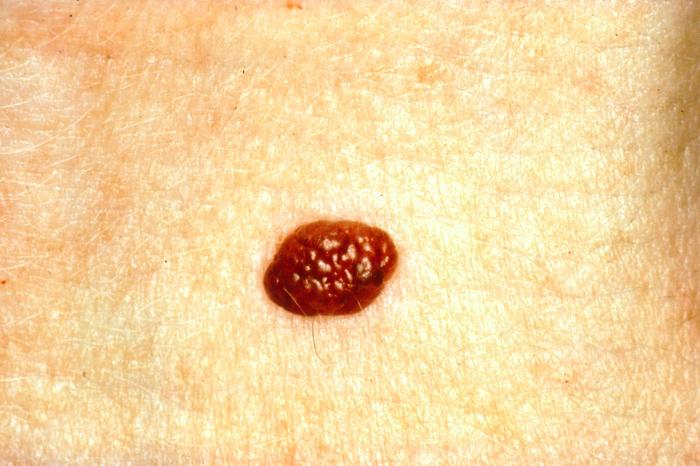
Moles: Types, causes, treatment, and diagnosis
:max_bytes(150000):strip_icc()/asym-mel-56a245153df78cf77273d712.jpg)
Normal Mole vs. Melanoma: What to Look for in a Self-Exam
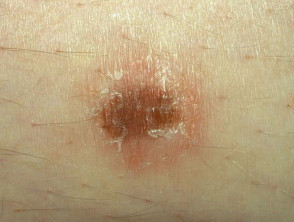
Meyerson naevus | DermNet NZ

3 Types of Skin Moles - UnityPoint Health

Skin Cancer | Complete Overview of Symptoms & Types
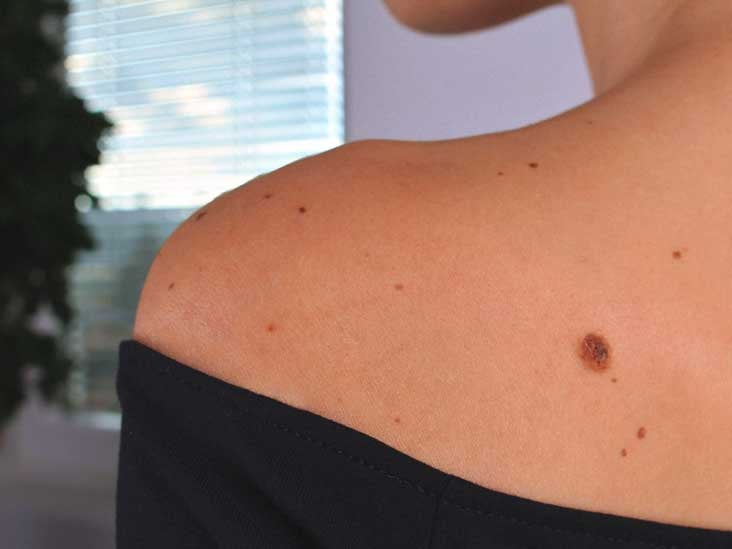
Nevus: Definition, Common Types, Photos, Diagnosis, and Treatment

Can you spot which moles are deadly? The skin cancer signs you need to know

Moles - NHS

Moles Picture Image on MedicineNet.com
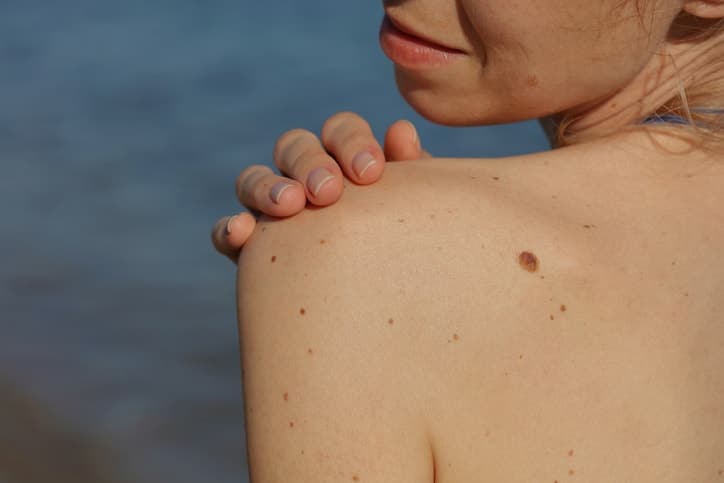
My Mole Itches But Doesn't Hurt - Skin Center of South Miami
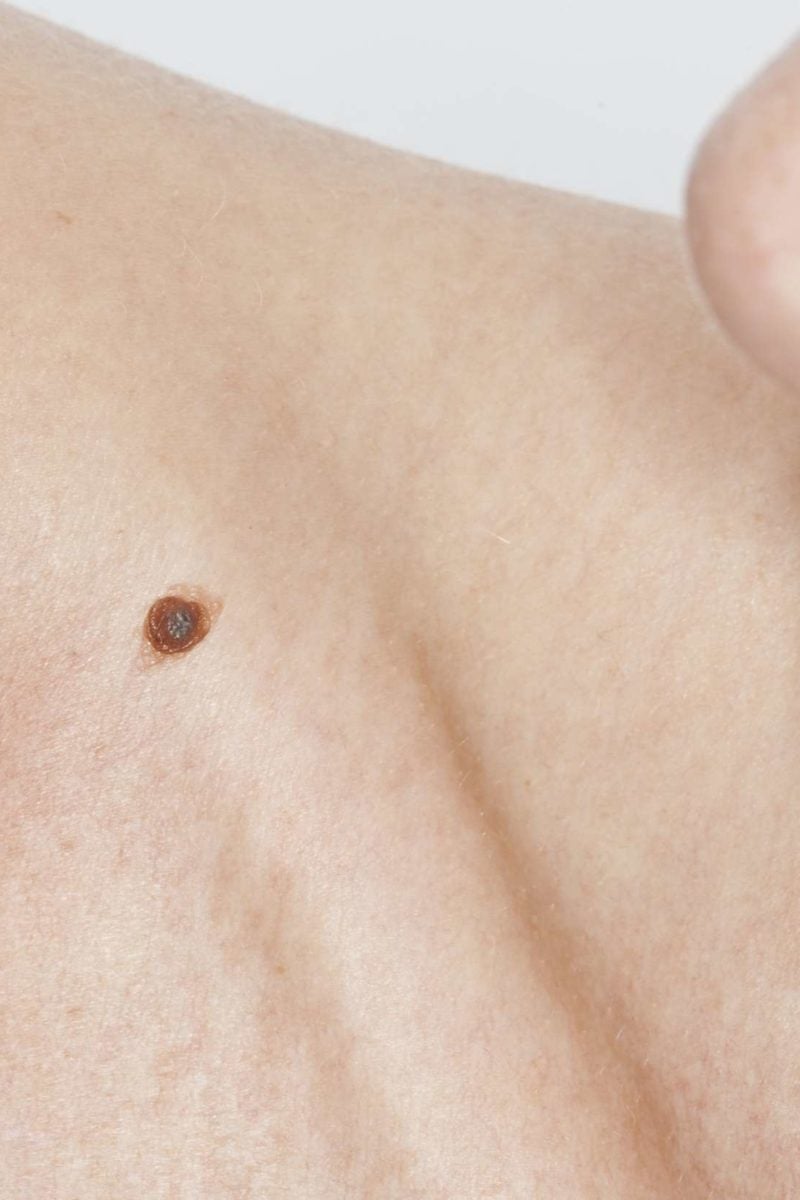
Itchy mole: Causes, treatment, and symptoms
Posting Komentar untuk "mole with red ring around it"